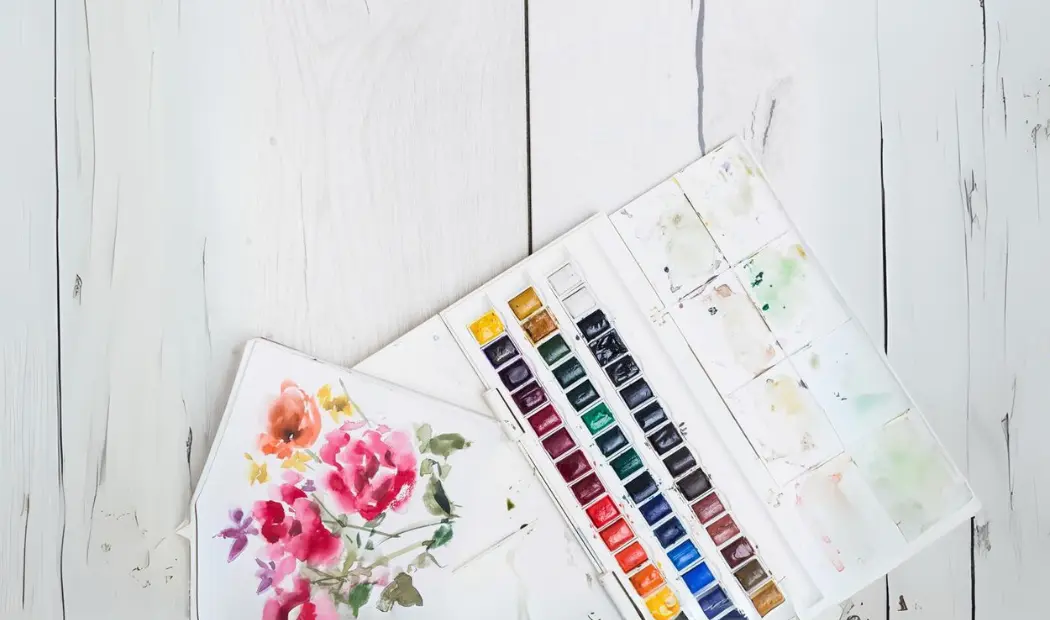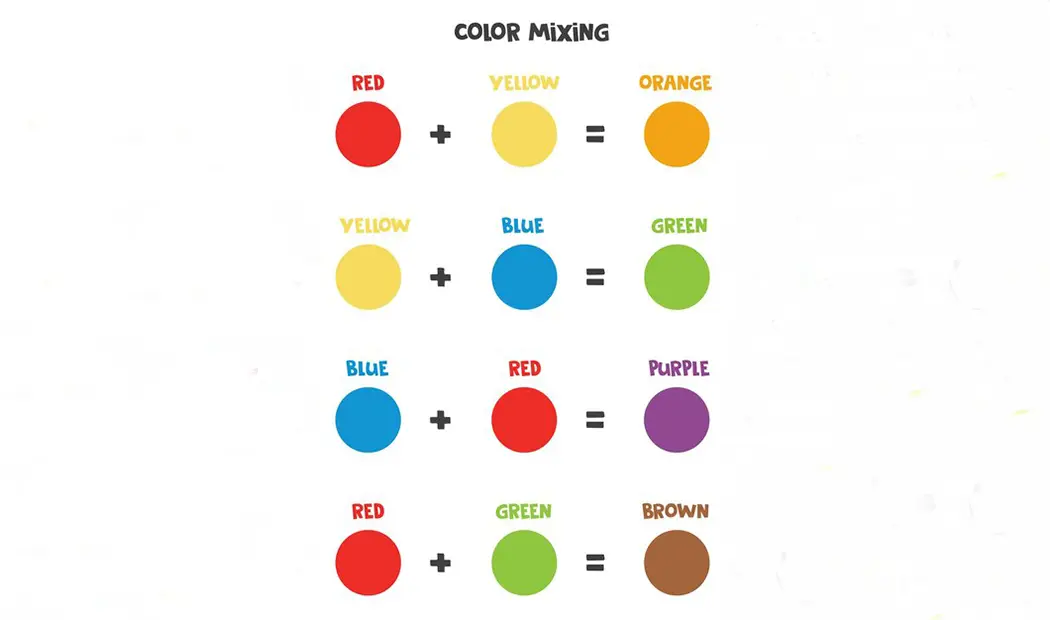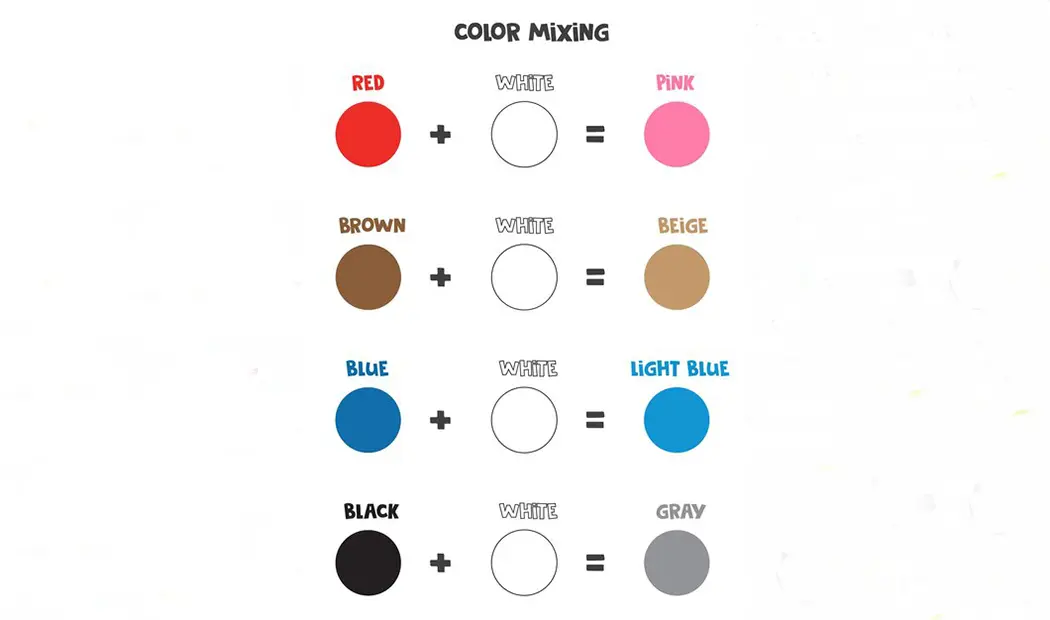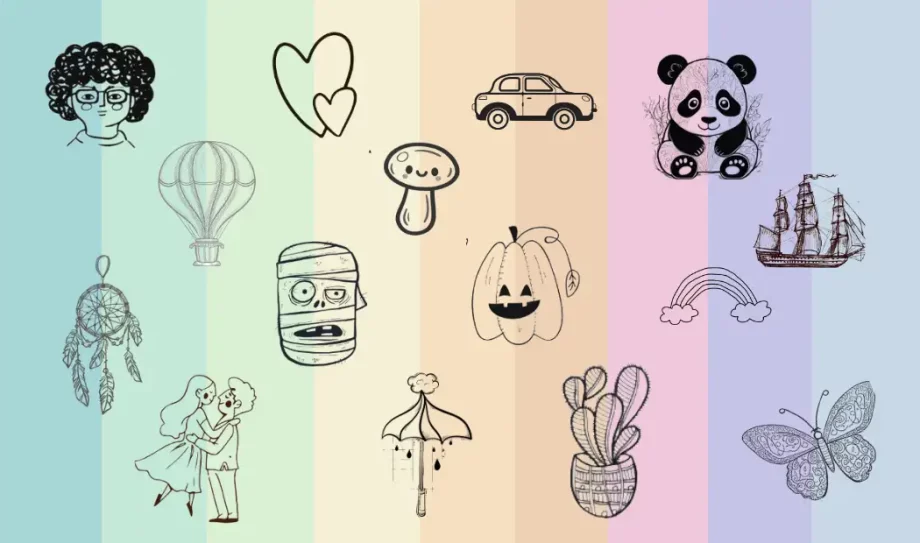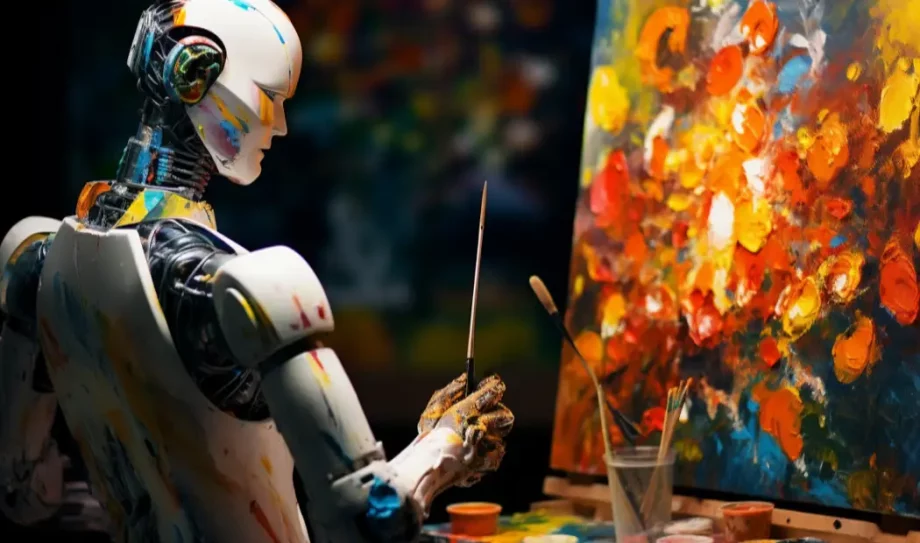The happiness of creating something new, the awe of finding the result, and the endless possibilities that lie in experimentation—these are all present in the act of color mixing. When this mere act of color mixing is performed by a beginner, it is like magic on a palette that lets you explore the various pigments while opening a new world of creativity.
But imagine creating and blending a beautiful hue, only to forget the shades or the correct quantity of hues that resulted in the mesmerizing shade. Well, that’s where the color mixing chart comes in! The guides that help you create any remarkable shade any time. Join us and discover the wonder that lies amidst this colorful guide….
What is a color mixing chart?
A color mixing chart is a visual tool that showcases how different colors can be combined to create new colors and shades. The chart can be created both in wheel or grid format with primary, secondary and tertiary colors described in it. The color mixing chart showcases a systematic guide with which one can blend colors and create desirable hues.
Benefits of color mixing chart!
- Understanding Color Theory: The paint color mixing chart lets you understand better about the color theory and helps you mix the right shades to produce more hues. With this, you can easily expand the color palette.
- Precise Color Mixing: This chart ensures consistency in color mixing across different projects and mediums. It also provides a reliable reference for achieving specific hues and shades, which reduces the chances of making mistakes.
- Enhancing Creativity: It encourages experimentation with color combinations, which enhances creativity and innovation among artists. They can also create their own unique color palettes that showcase their style.
- Educational Tool: The chart serves as an educational tool for beginners, as it helps them understand color harmony and contrast in a better way.
- Efficiency and Time Saving: Color mix chart is one of the ways in which one can save valuable time, as it provides a quick reference for color combinations and facilitates the selection of shades for mixing colors.
How to mix colors?
1. Start with Primary Colors:
Primary colors, i.e., red, blue and yellow, are the unique colors that can not be created by mixing any other hue. These primary shades are used to create other colors.
2. Understand Color Relationships:
Try the basic combinations with which you can create the secondary shades
You can also create tints, shades and tones by mixing white and black color with the following hues:
| How to create? | Example | |||
| Tints | By adding white to any color | Purple | White | Lavender |
| Shades | By adding black to any color | Green | Black | Dark Green |
| Tones | By adding gray to any color | Orange | Gray | Muted Orange |
3. Use a Mixing Surface:
Take a palette or mixing tray for color mixing, and blend the colors on a clean surface. When choosing the colors, make sure the tray is easy to clean or disposable.
4. Gradual mixing:
Begin mixing the hues gradually. Add a small amount of the shades you wish to mix to the mixing surface and mix them until you get the desired hues.
How to make a color mixing chart?
Materials Needed:
- Paints
- Mixing palette or surface
- Brushes, palette knives, or mixing sticks
- Paper or cardstock for your color chart
- Marker or pen for labeling
Steps to Make a Color Mixing Chart
Step 1: Identify Primary Colors
Prepare a clean workspace and gather the necessary materials. Once you have arranged the materials for the acrylic painting color mixing chart with a clean mixing surface, decide the colors you want to mix, you can either choose a primary hue or a secondary one.
Step 2: Create Columns for Primary Colors
Once you have decided the shades, create columns on the paper with the primary colors and the colors you will create. Remember to label the columns. You can also keep a detailed color mixing key describing the shades you will mix separately.
Step 3: Mix Secondary Colors
Start by mixing the shades you have chosen. Place a small amount of paint on the mixing surface and mix it gradually until you receive an adequate result. Then, apply the mixed shade on the color mixing chart right under the shades you mixed and label it.
Step 4: Repeat for Other Colors
Once you get the first shade, do the same for other hues as well. After that, continue the process and create tertiary colors in a similar manner.
Step 5: Let it dry and use as reference
Allow your chart to dry completely before handling to prevent smudging or mixing of colors. Once your color mixing chart is complete, use it as a reference guide for future projects. It will help you predict and replicate colors accurately, saving time and ensuring consistency in your work.
Summing Up!
The journey of learning how to mix colors and color mixing charts ends here… but the colorful innovation stays! So, to get clarity on the color theory and express ideas, create your own color mixing chart that carries the hues you like.
Art of Paint by Numbers encourages you in your artistic venture. Remember, art is both an escape and a path to self discovery, where every stroke leads you closer to your unique vision. Also, check out the paint by number collection today!!



